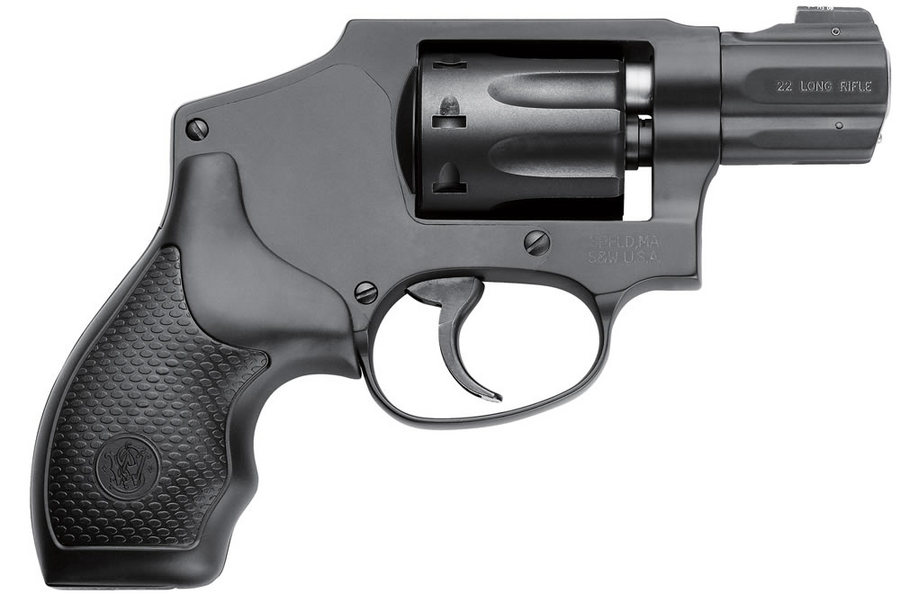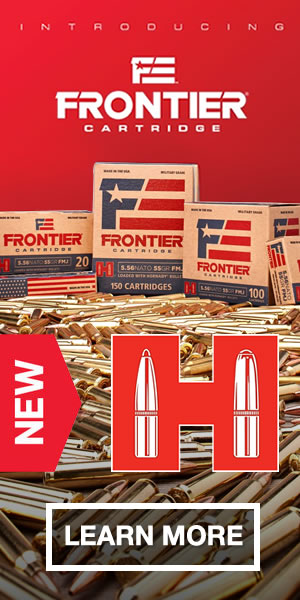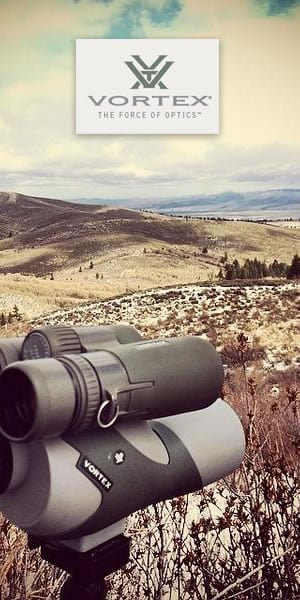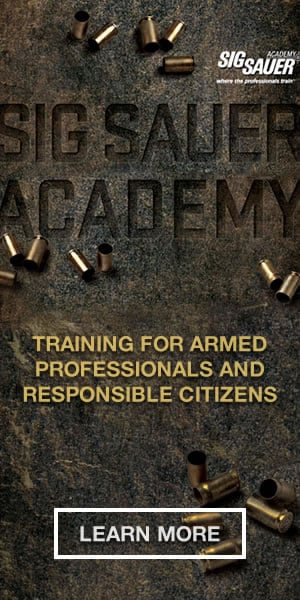Believe me, I get it. In terms of 21st Century self-defense handguns, the semi-automatic pistol rules, and with good reason. Semi-automatic pistols generally have a larger ammunition capacity than the revolver, can be more compact than the revolver, and often a lighter trigger pull than a revolver. However, there also some issues common to all semi-automatic pistols that should be considered before purchasing a defensive handgun. This is not a knock on semi-automatic pistols. There are just a few facts about their operation you should understand.
The semi-automatic pistol is fairly complicated piece of equipment to operate and master. I guarantee there are far more accidental discharges with semi-automatic pistols than with revolvers. Semi-automatic pistols (with a very few exceptions) require cycling the slide manually during loading, unloading or field stripping procedures. There are a lot of folks who don't have the hand strength to safely rack and lock the slide. For these individuals, or for the people who don't have a lot of time for extensive training or practice, the double action (DA) revolver may be a better choice. But you don't need to have a deficit of some sort in select one for concealed carry.
Any revolver is intrinsically more accurate that any locked breech, tilting barrel, semi-automatic pistol. This is simply because a revolver's barrel is solidly affixed to the frame and does not move during the firing cycle.
Revolvers are simpler to operate and requires no additional safety to be operated manually to be manipulated before the gun can be fired. The 10-12 pound trigger pull found on DA revolvers is their primary safety. It takes concentrated effort to fire a DA revolver because the trigger is both cocking and releasing the hammer with each shot. The 12 pound trigger pull weight is one factor that helps make the DA revolver less prone to an accidental discharge.
Another factor that keeps accidental revolver discharges down when compared to the semi-auto is the fact that you can instantly tell when a revolver cylinder is loaded or unloaded, simply by looking at the gun from the side, or from the rear of the grip. The revolver case rims are visible between the rear of the cylinder and frame or underneath the recoil shield. But always open the cylinder to be 100% sure of the status.
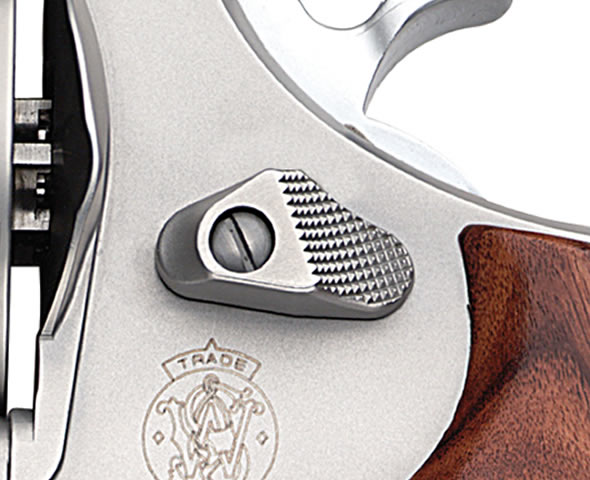 Cylinder Latch Release on a Revolver
Cylinder Latch Release on a Revolver
Speaking of opening the cylinder, the only manually operated control on a revolver is the cylinder latch release. On semi-automatics, operational controls can include a manual safety or de-cocking lever, a magazine release button or latch, a takedown latch, and a slide release lever. Mastering these controls takes considerably more training time.
The biggest downside to the revolver is the lower ammunition capacity. While there are some models made by Smith and Wesson that can hold up to eight rounds of ammunition in the cylinder, they are large guns and best suited for home defense. Smith does make an extremely lightweight nine-shot snubnose revolver, but it is chambered for .22 LR rather than the much more potent .38 Special. That leaves the concealed carry permit holder with a choice of a five or six shot handgun. But, how much of a disadvantage is that in real life terms? It may not be quite so much as one would think, considering that 2.3 rounds is still the average number of rounds fired in a gunfight. With the right reloading devices, such as speedloaders from HKS or Safariland, or strip reloaders such as those from TUFF Products, and the right technique, a shooter can quickly bring an empty revolver back into loaded and ready status.
So what revolvers do I recommend for concealed carry? Well, the three main brands I have used the most for that purpose over the years are Smith and Wesson, Ruger, and Charter Arms. All three brands are U.S. made, with Charter Arms revolvers generally being the least expensive. My favorite caliber is .38 Special, one of the greatest handgun calibers ever devised. There are plenty of fine defensive loadings available for it. Any .357 Magnum revolver can chamber and fire the much lighter recoiling .38 Special, but the reverse in not true. The .32 H&R Magnum is another great but overlooked caliber, although not many handguns are chambered for it. It is lighter recoiling than the .38 Special, but has nearly the same energy levels as the .38.
If you are really recoil sensitive, then there are .22 Magnum or .22 LR caliber revolvers out there as well. While their power is less than the .38, they still do the job, and are certainly better than a clenched fist or cry for help. Avoid revolvers chambered for the 9mm or .40. They are a bit problematic.
The revolver is still a formidable defensive tool. While it's not the gun I would choose for facing a horde of looters threatening to destroy you and your property, it is the gun I carry off-duty most of the time, and use as my backup gun when on-duty. Don't overlook it when selecting a concealed carry or home defense handgun.
